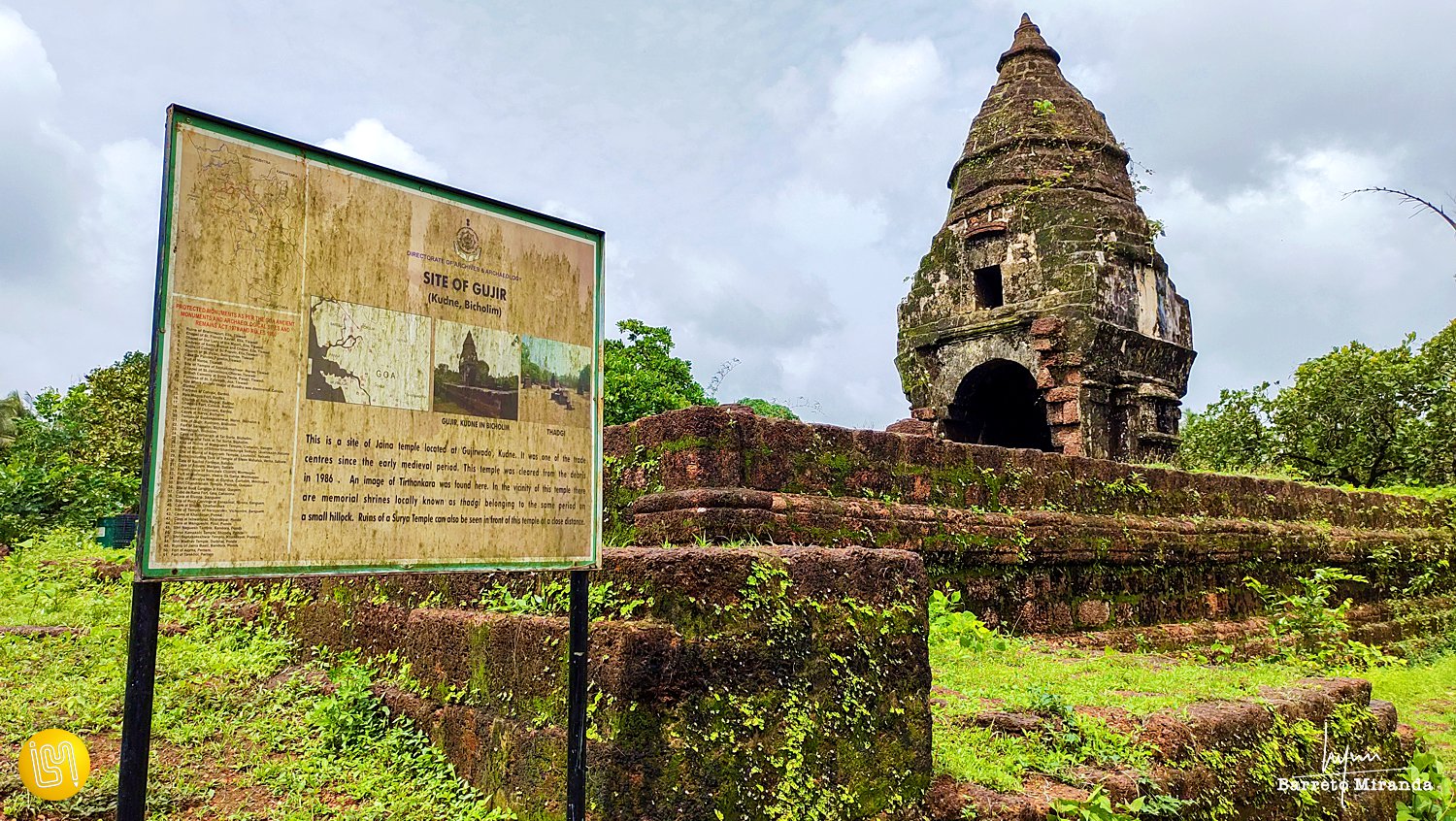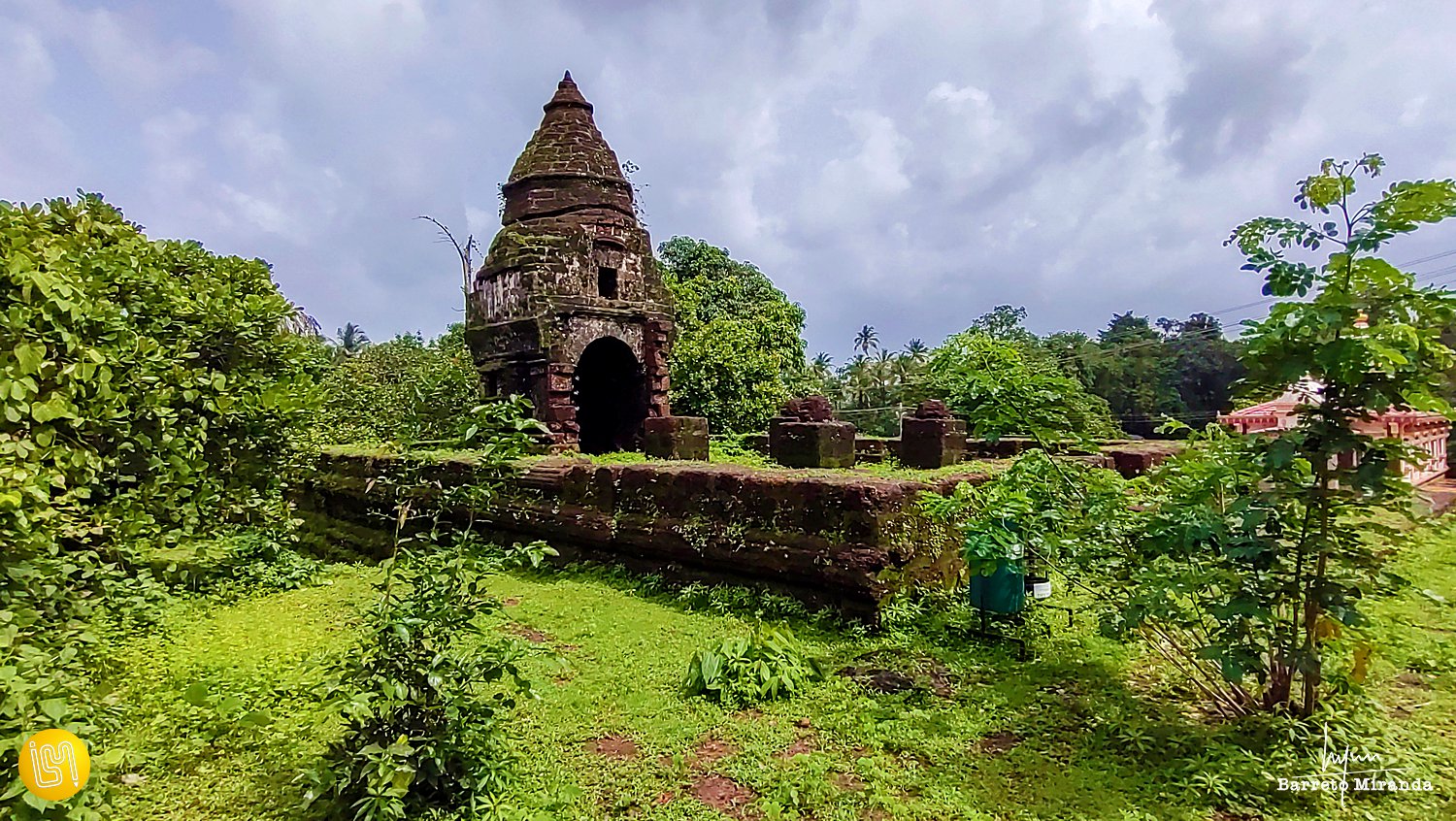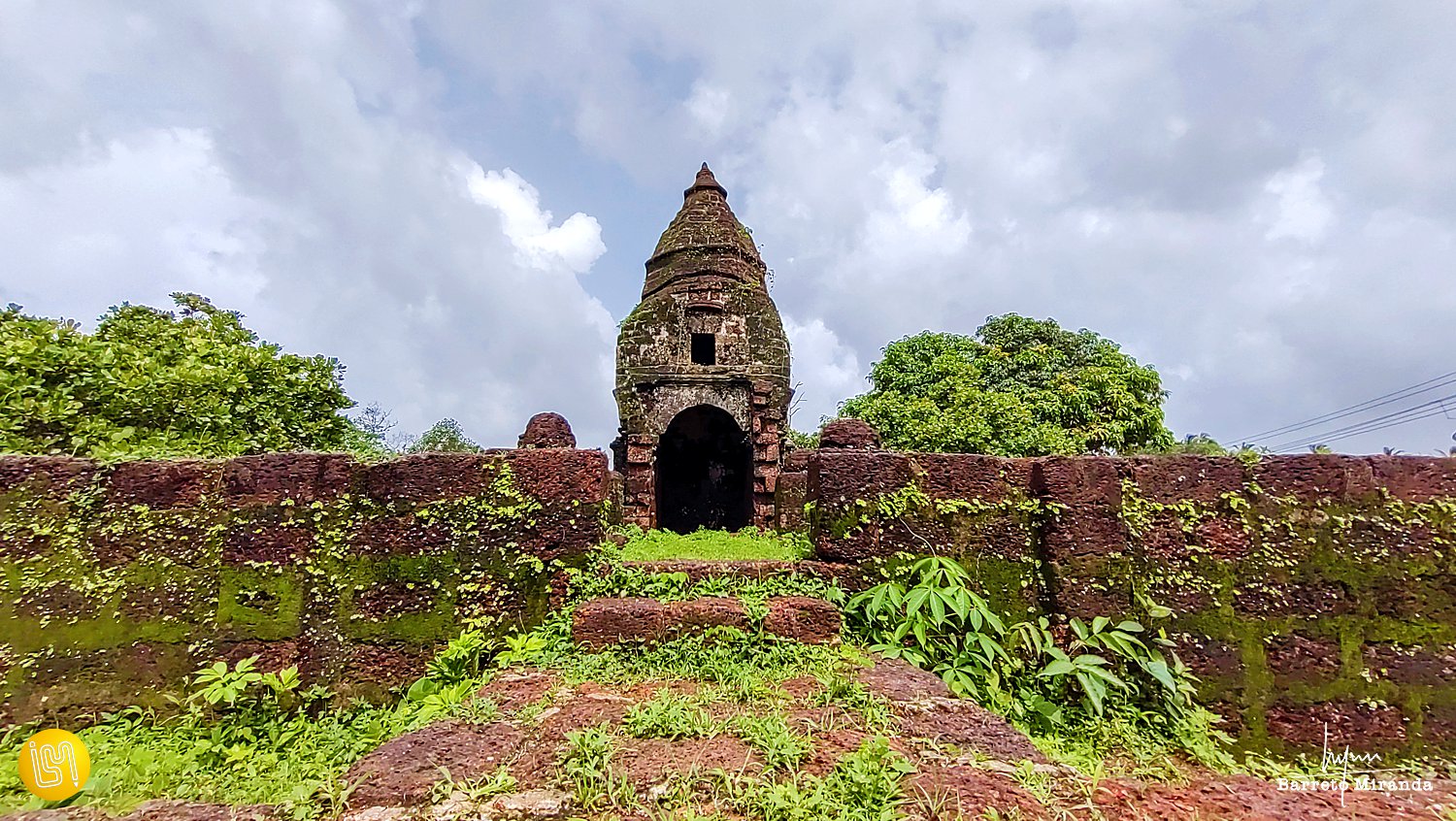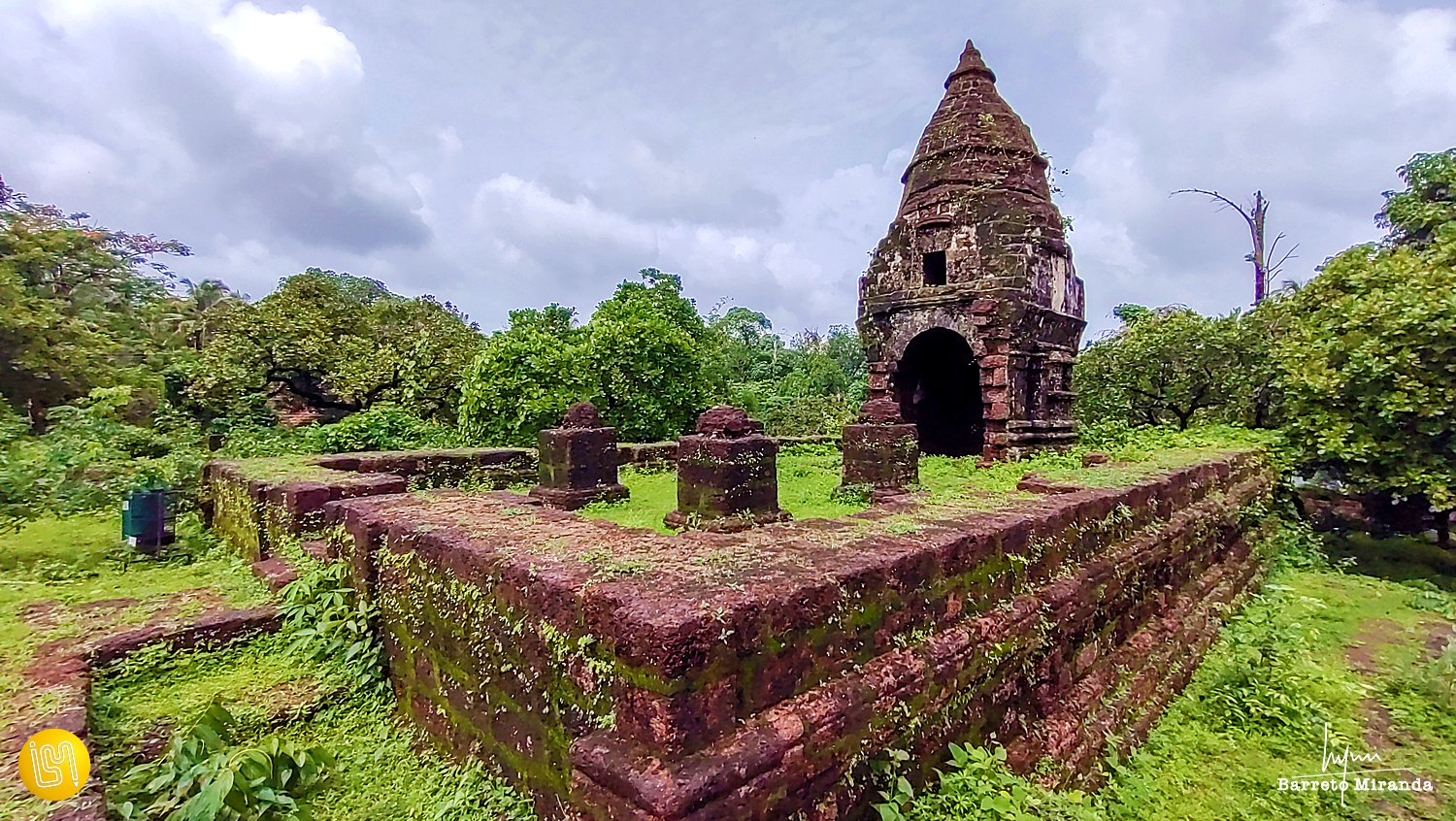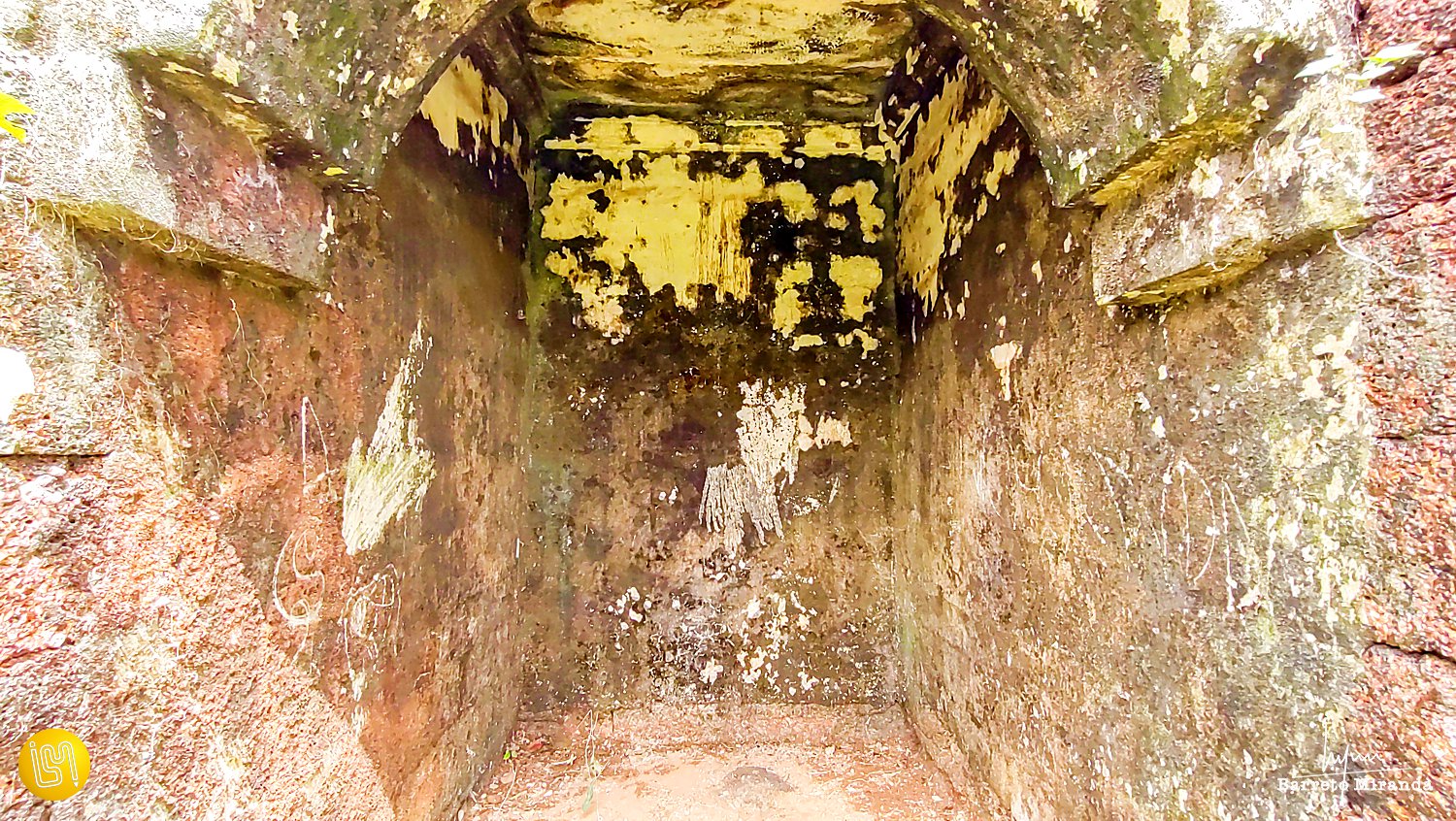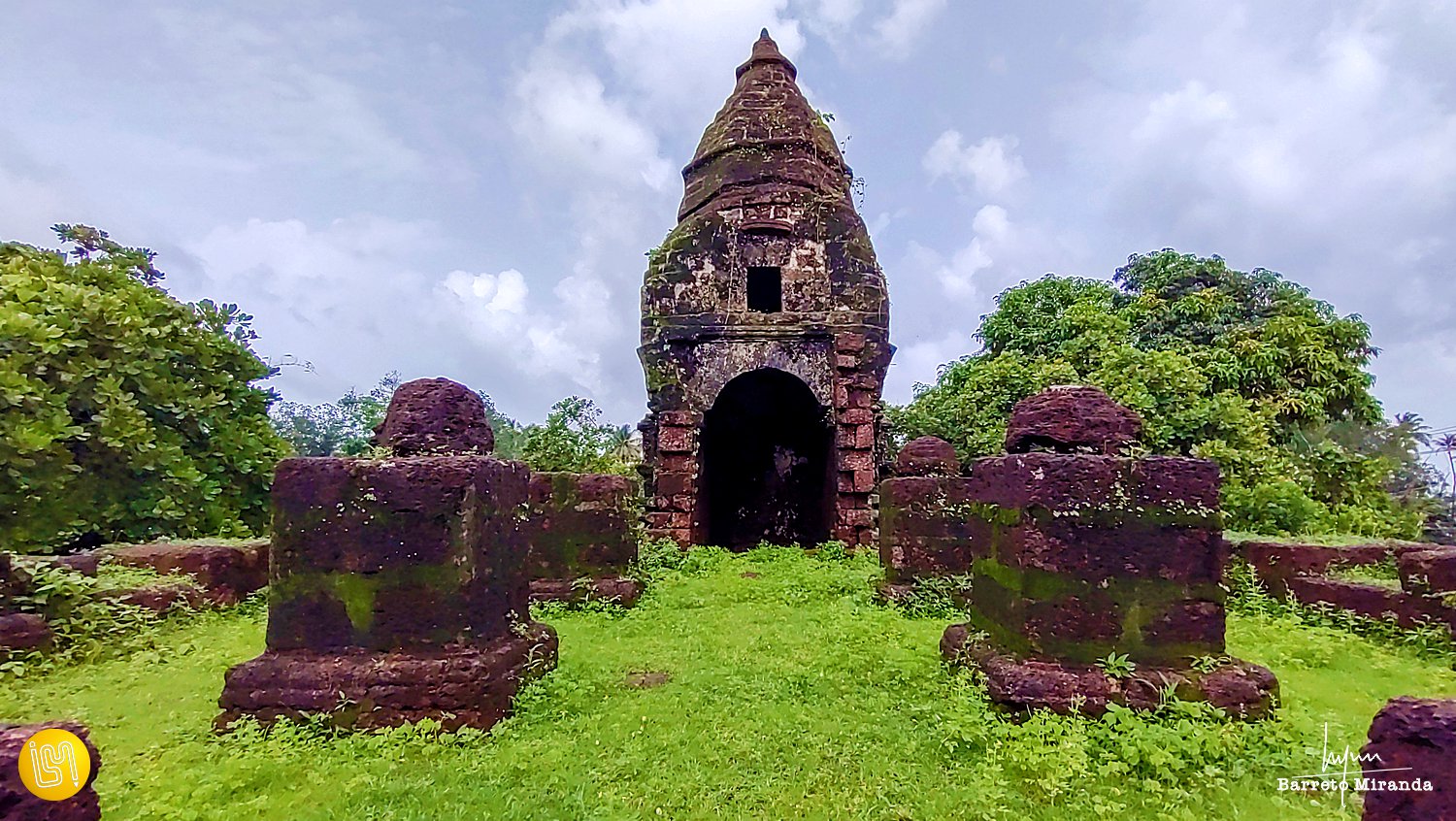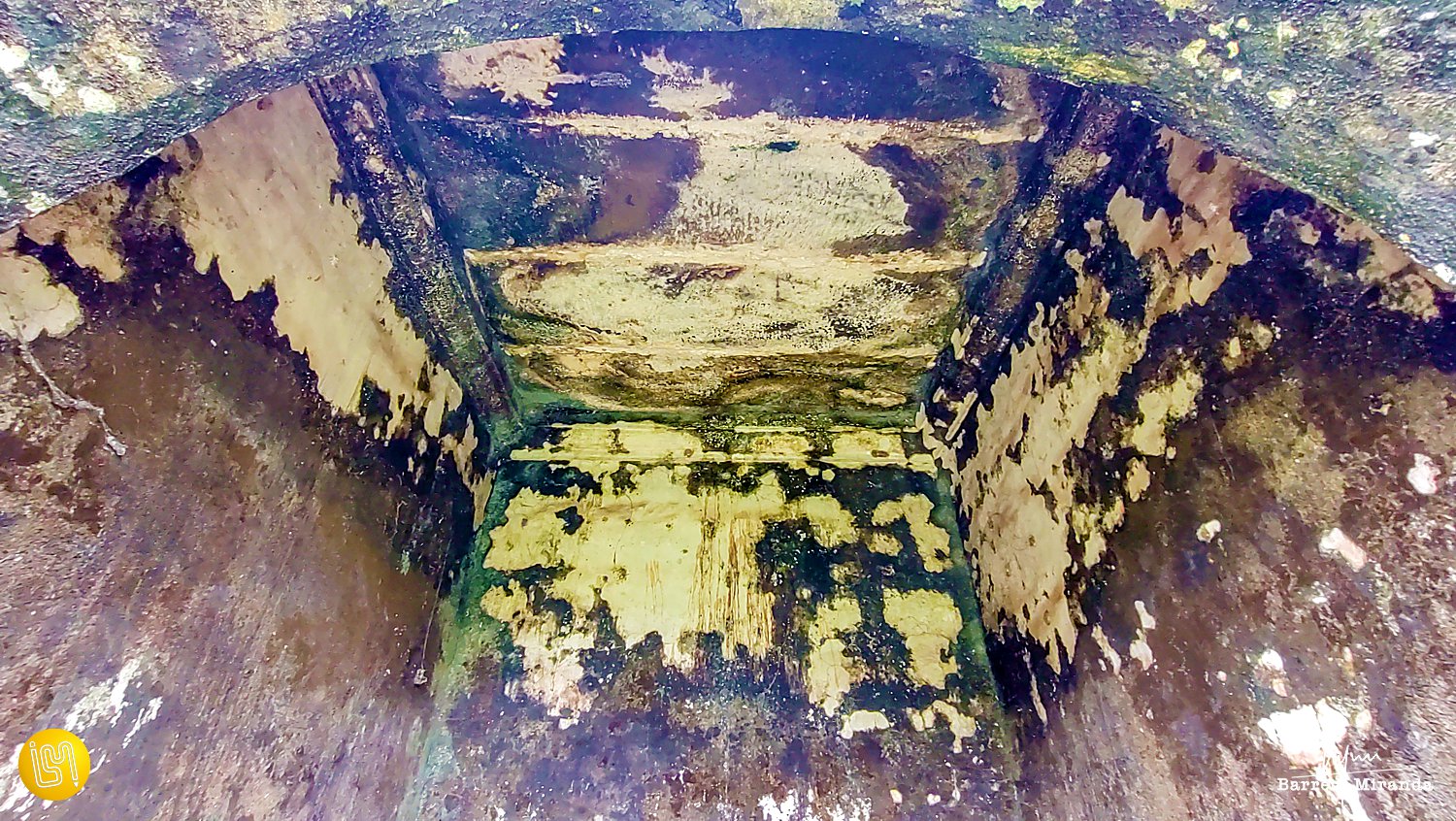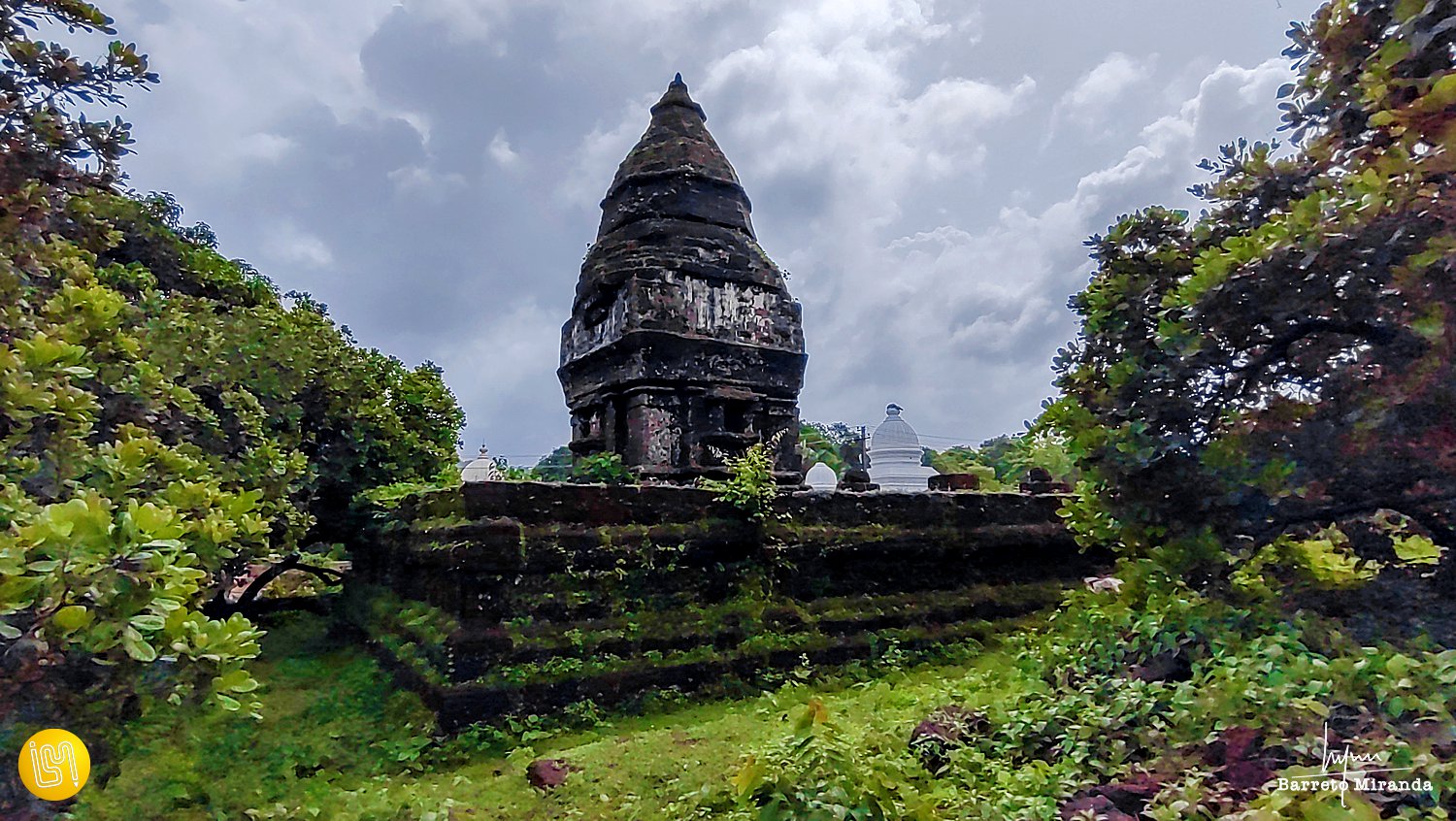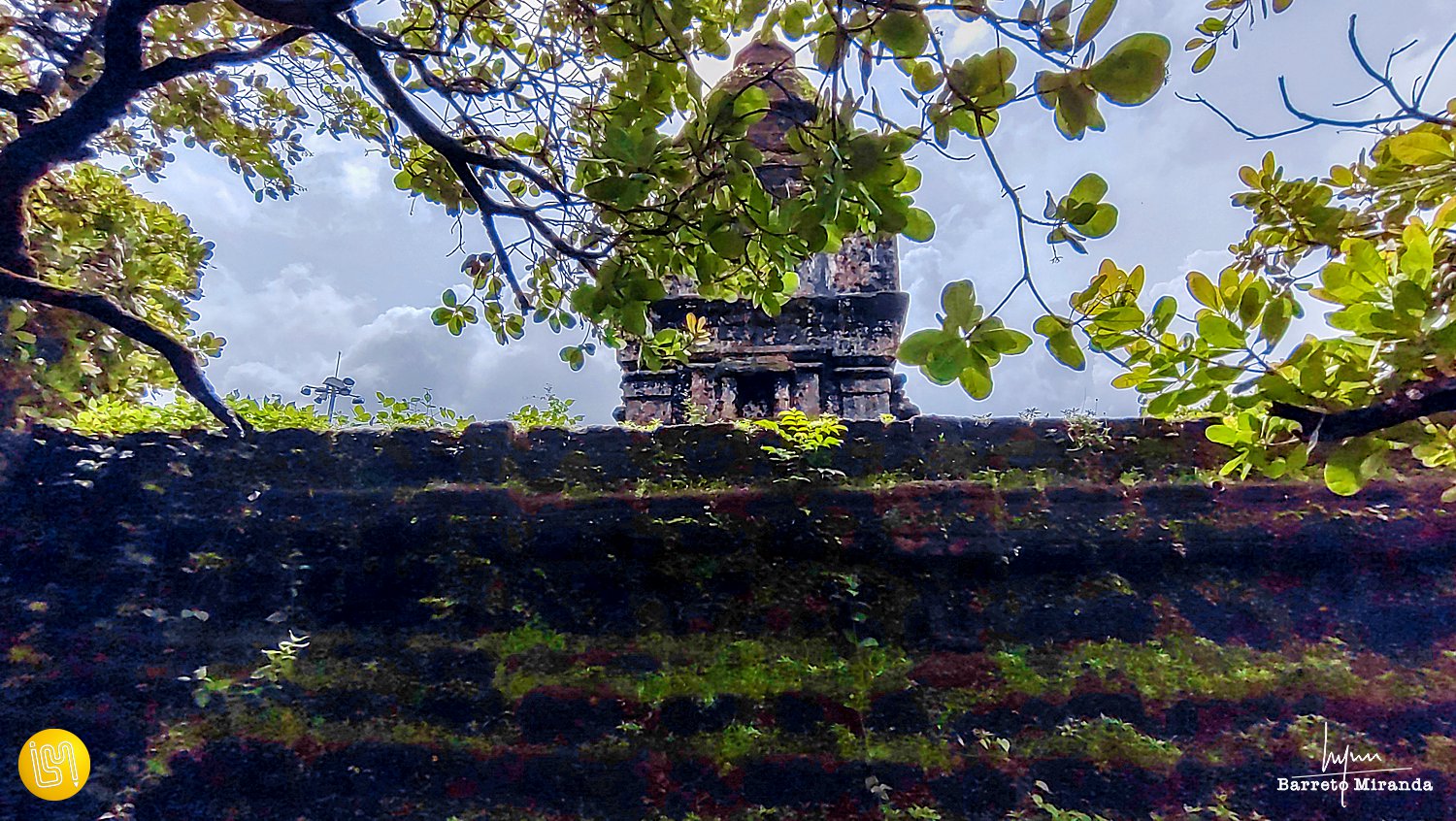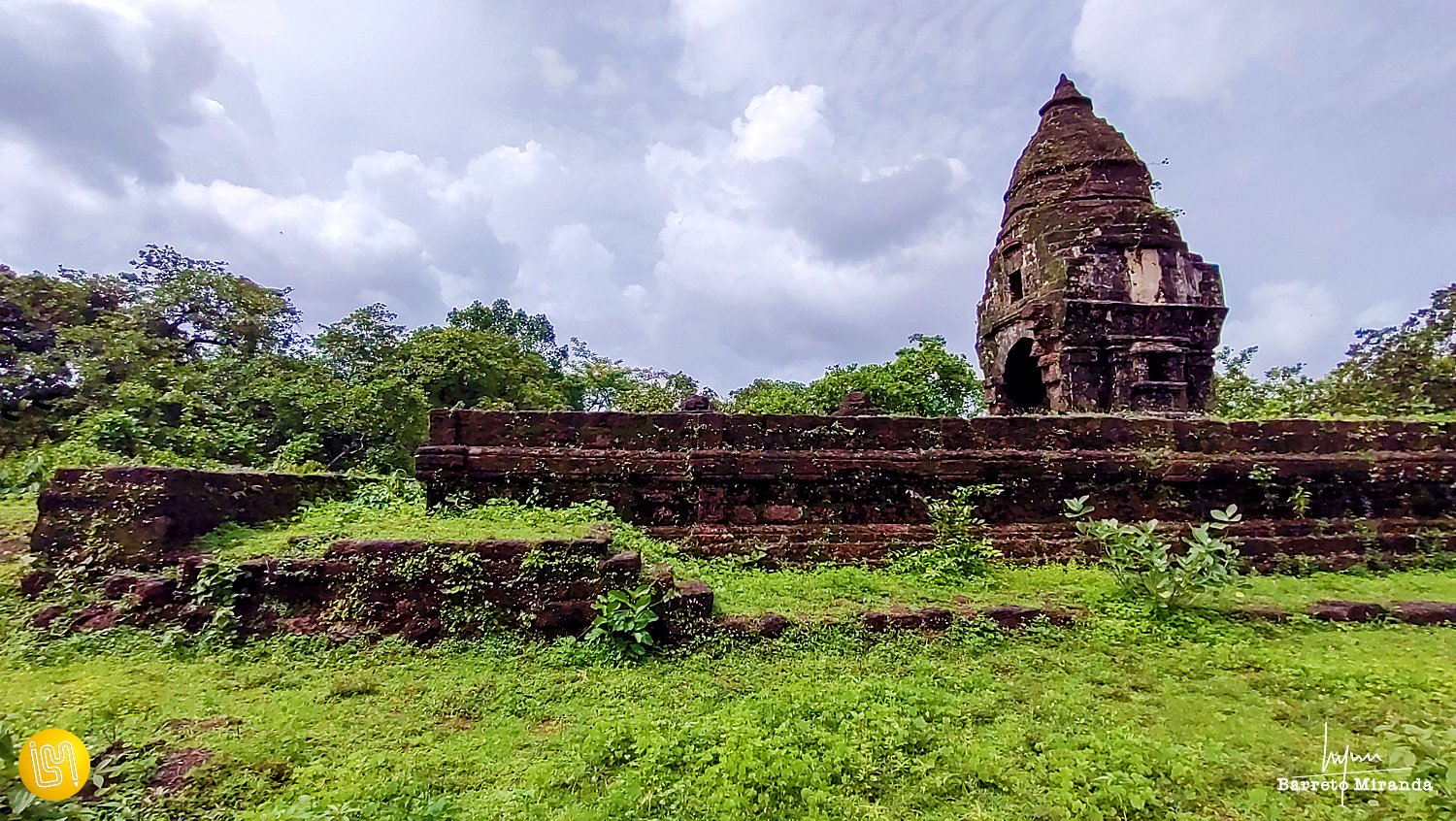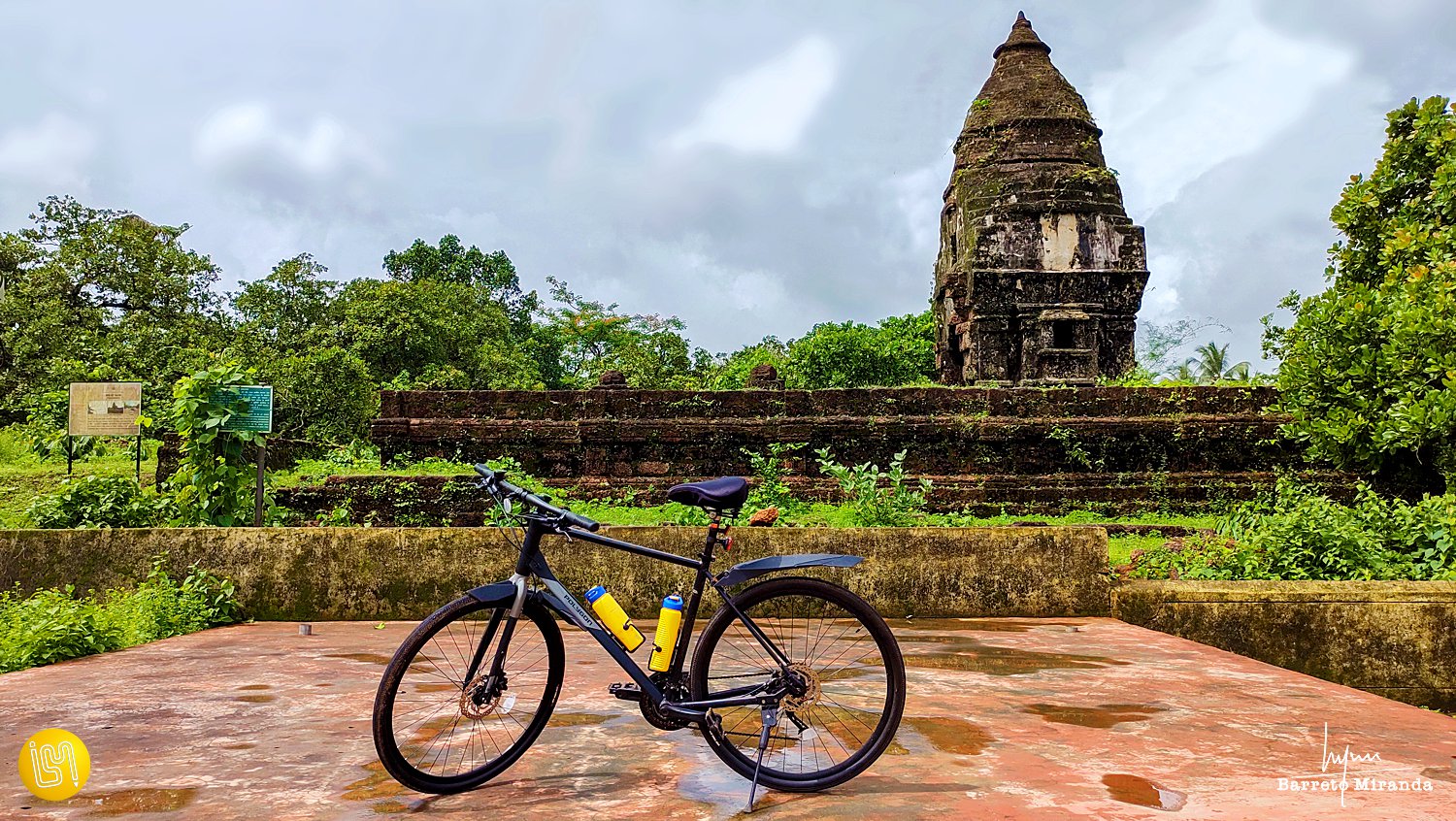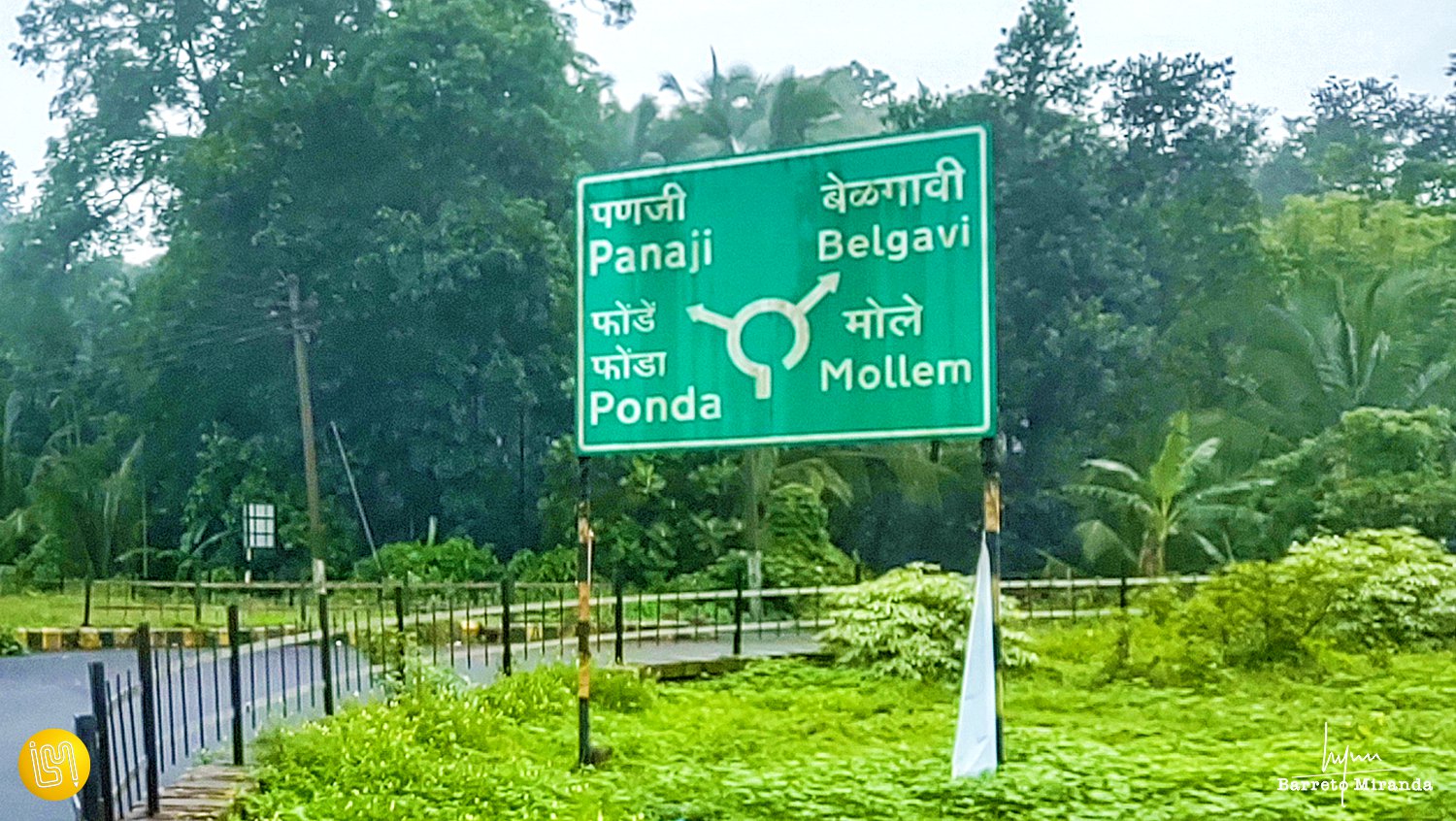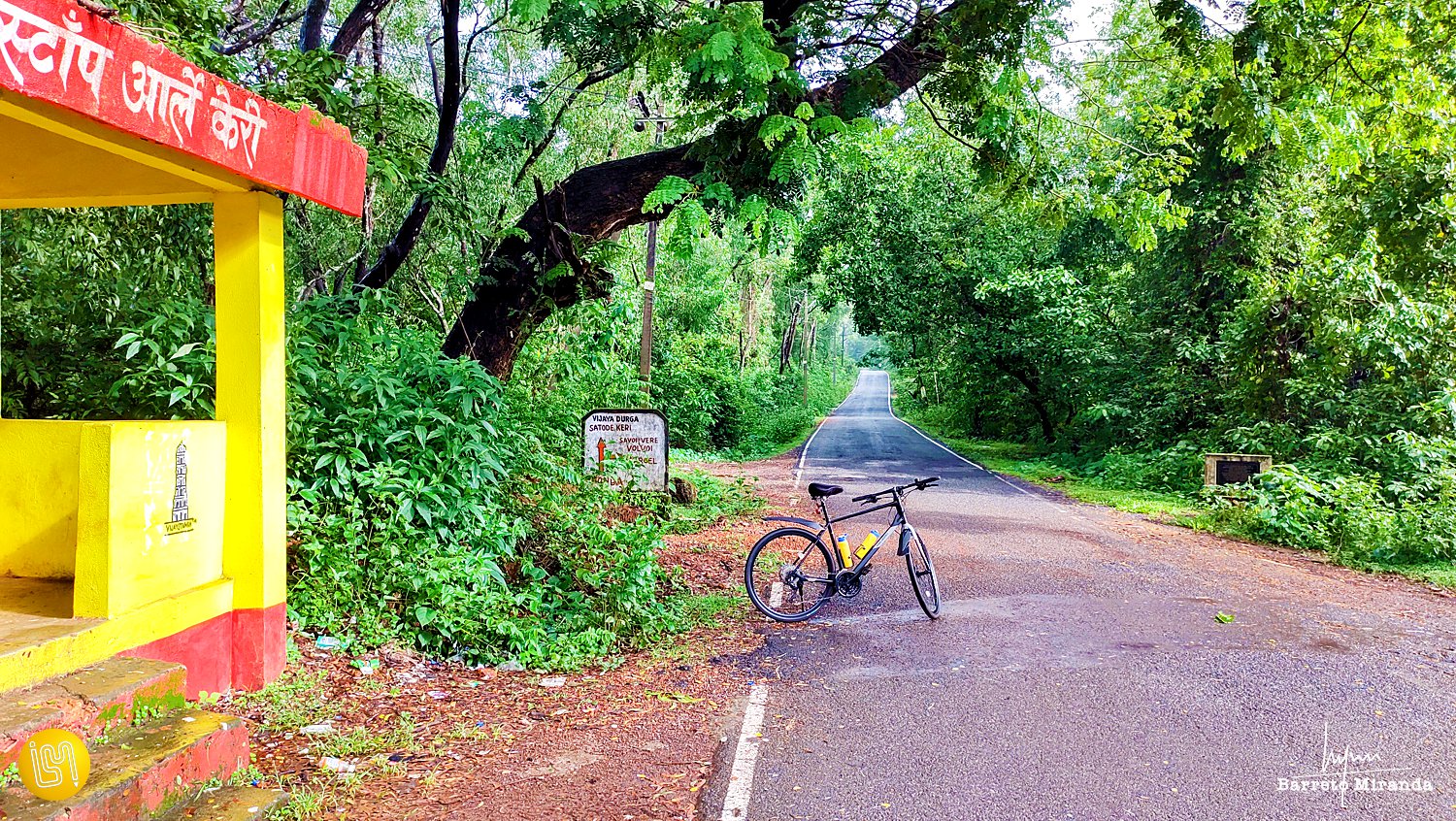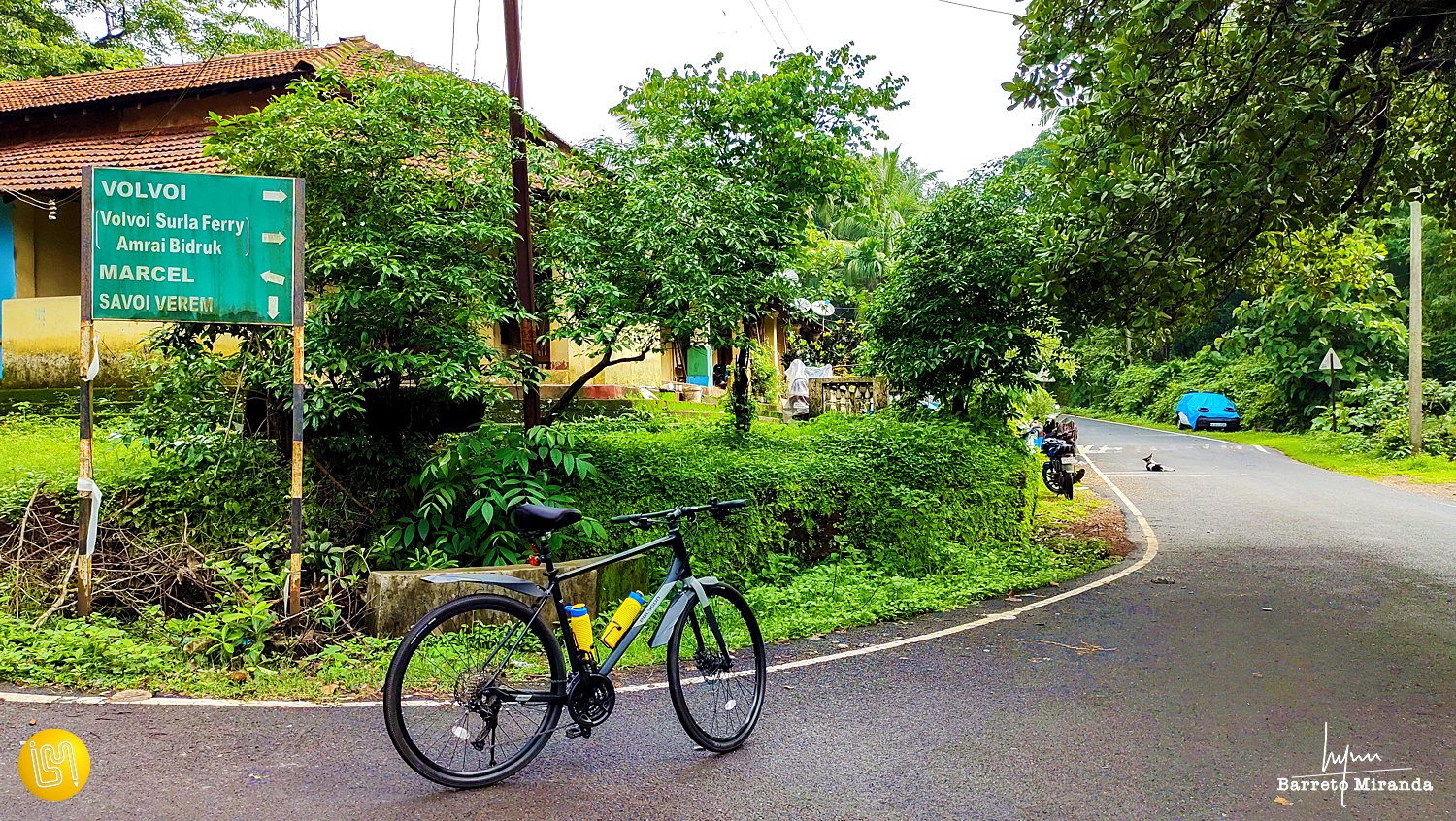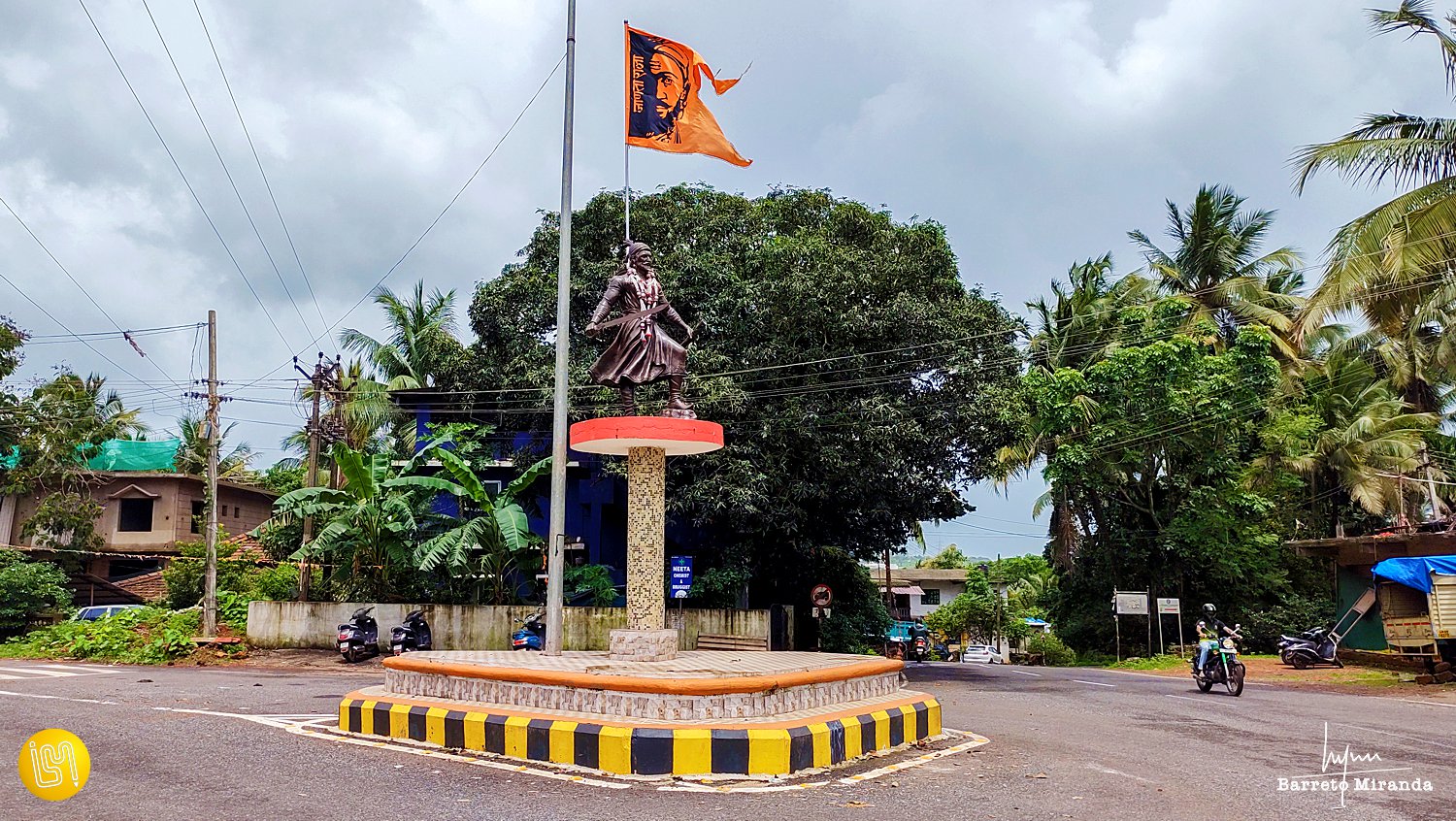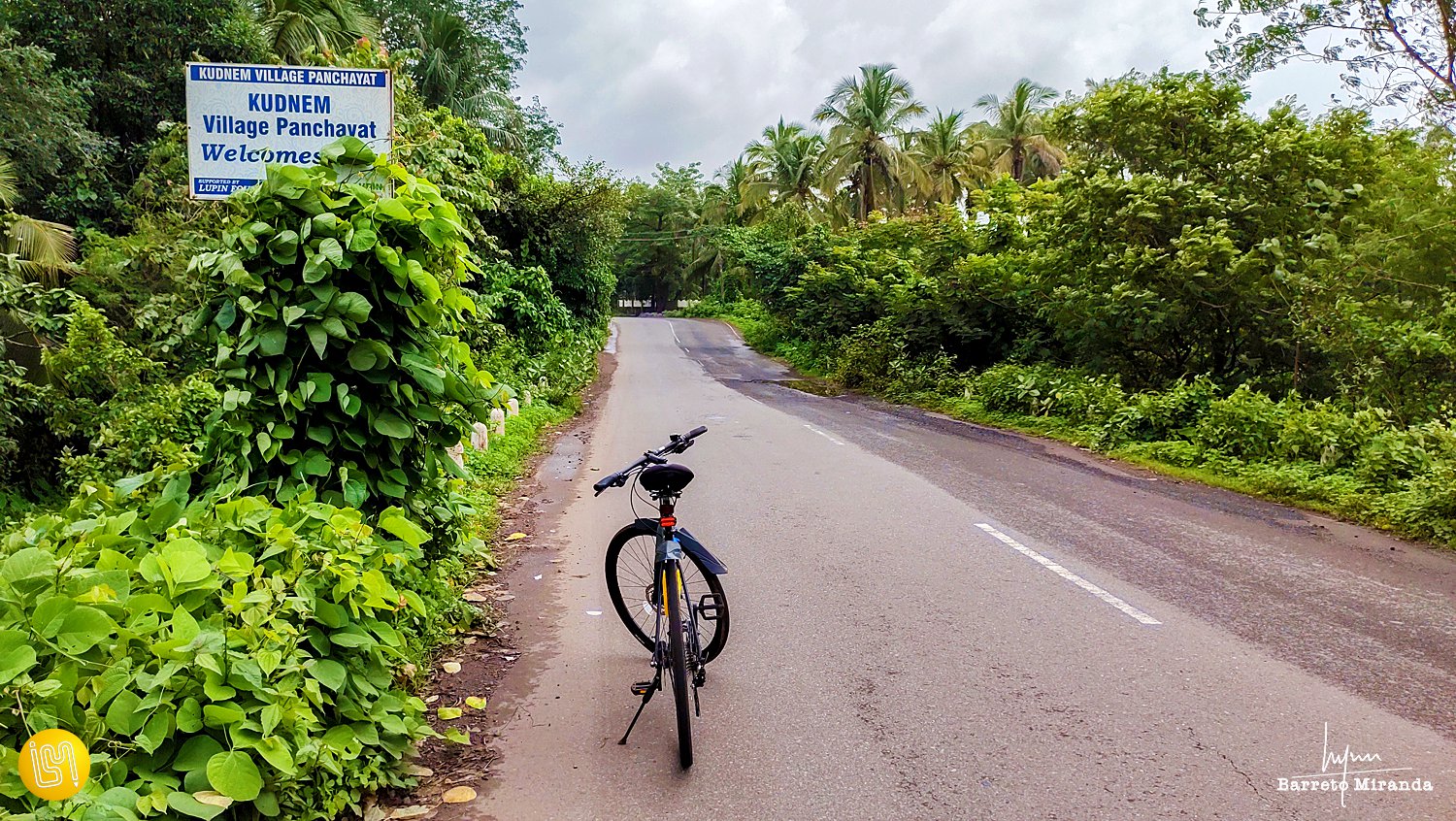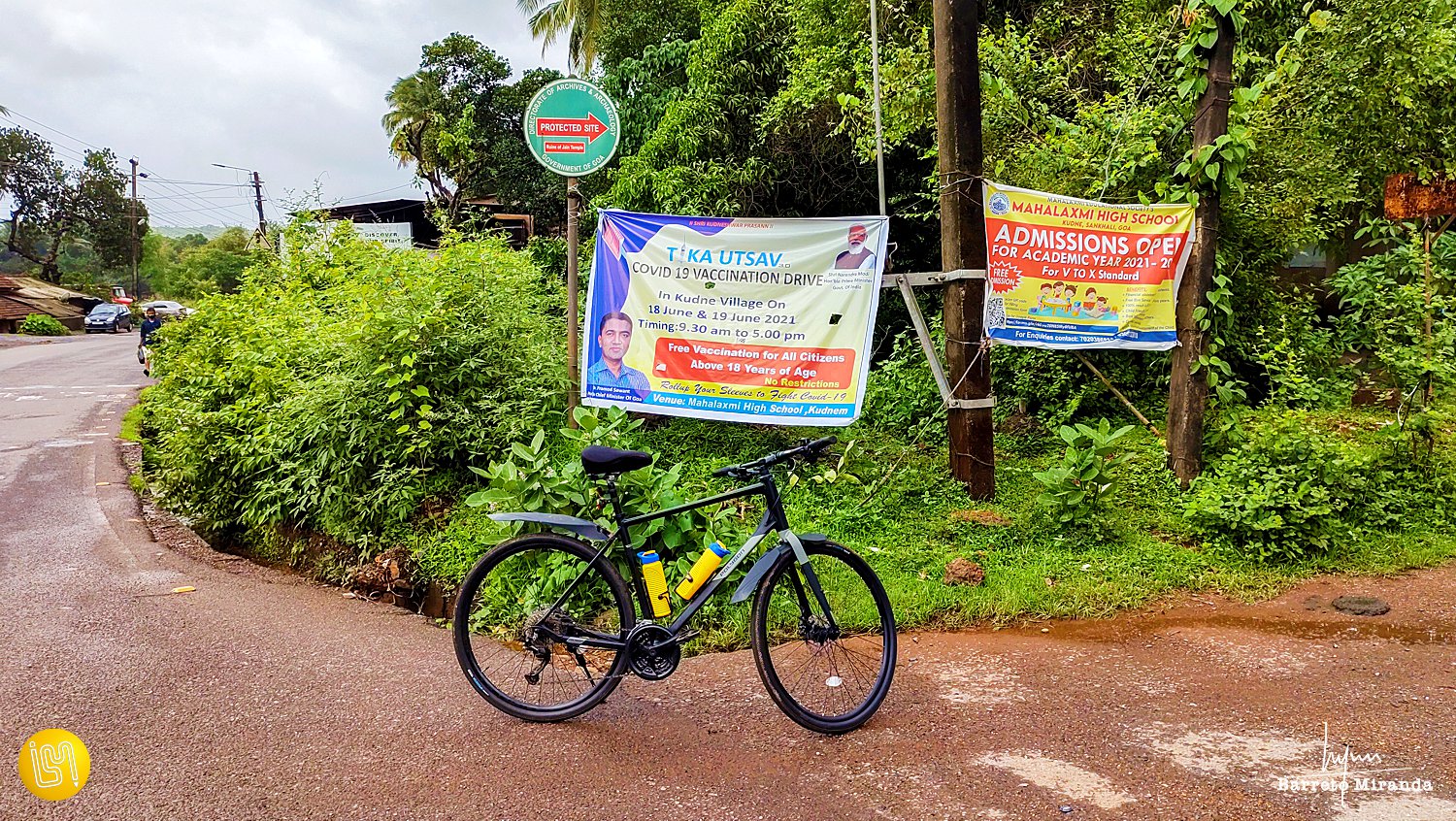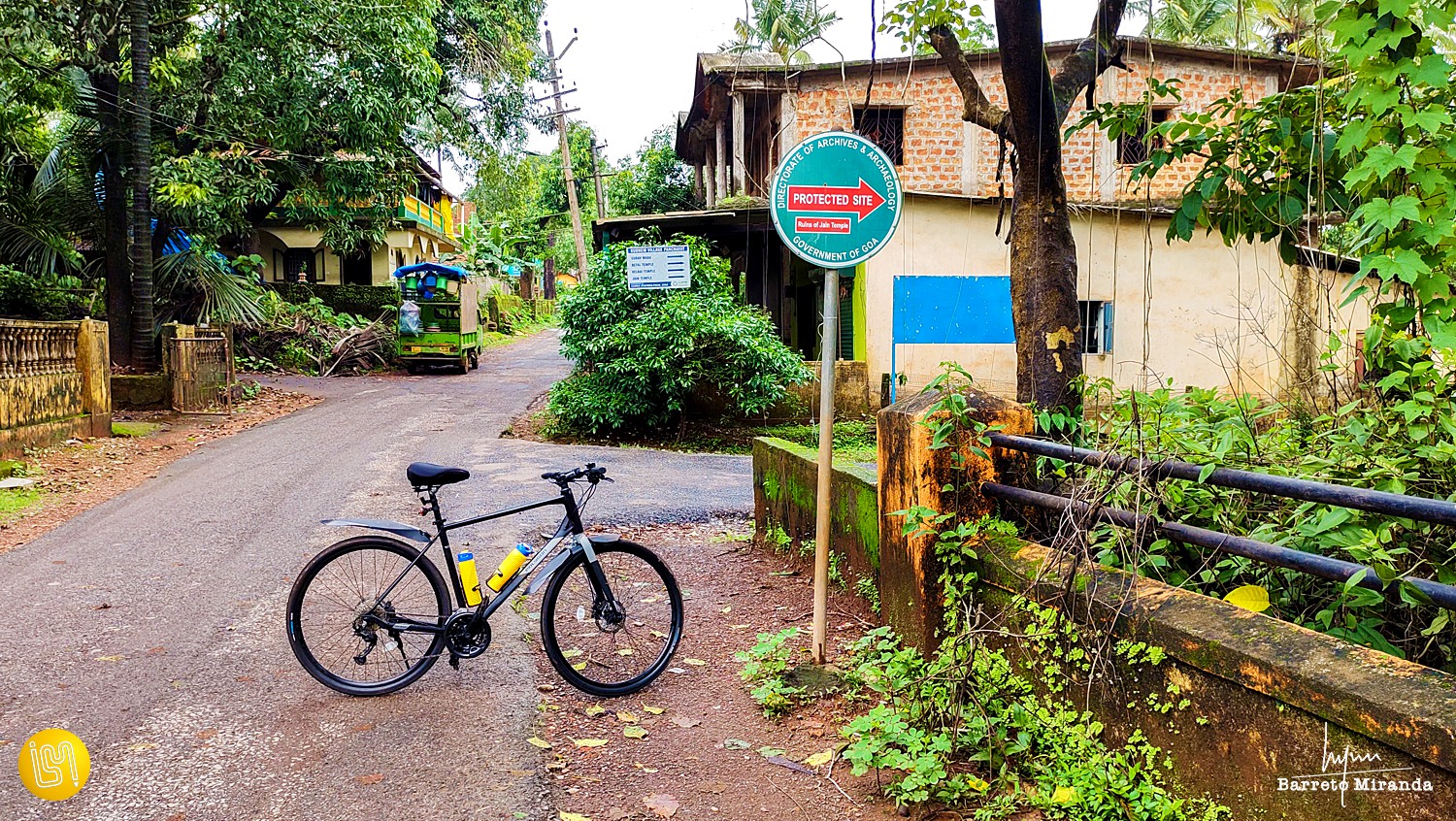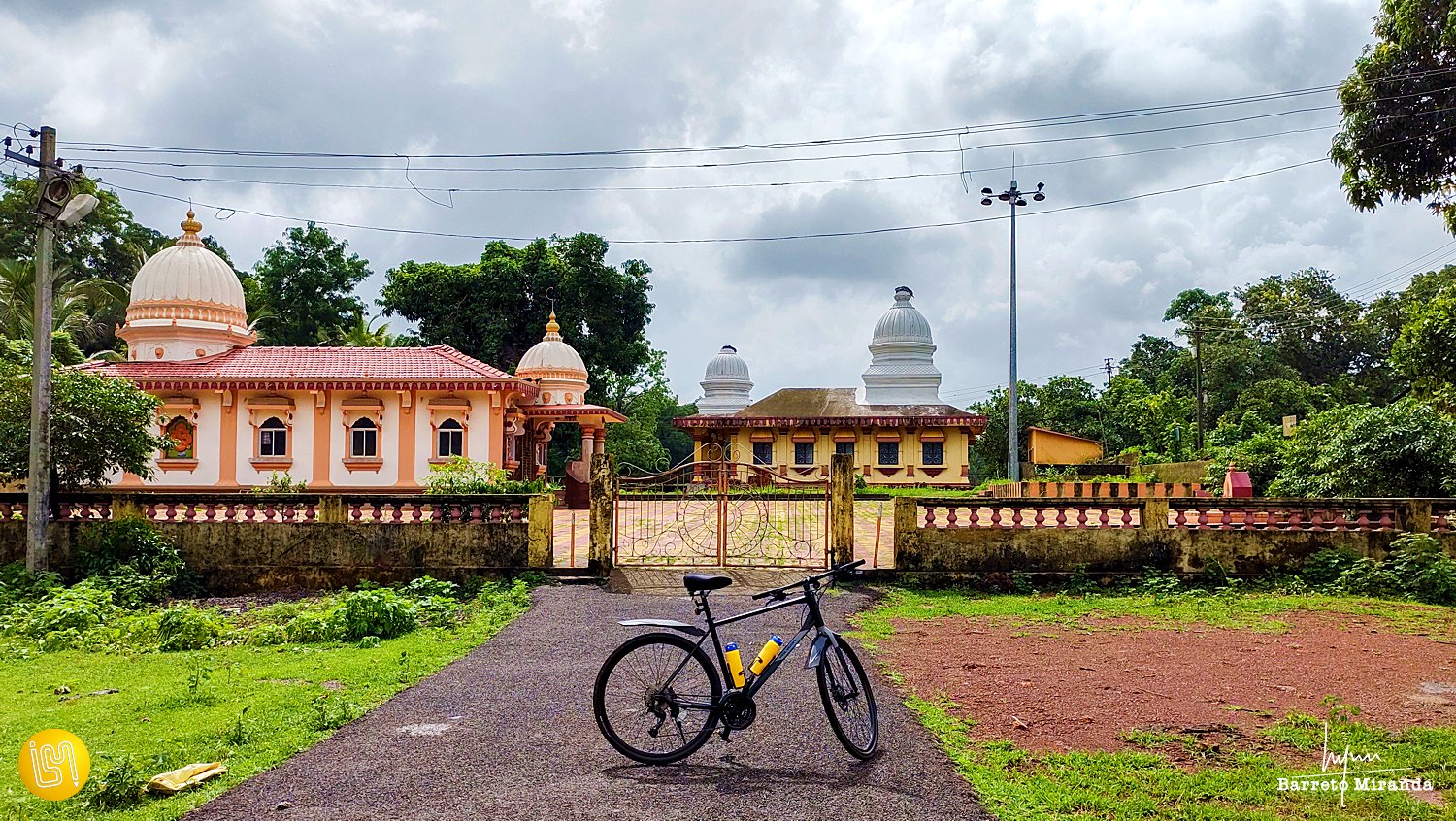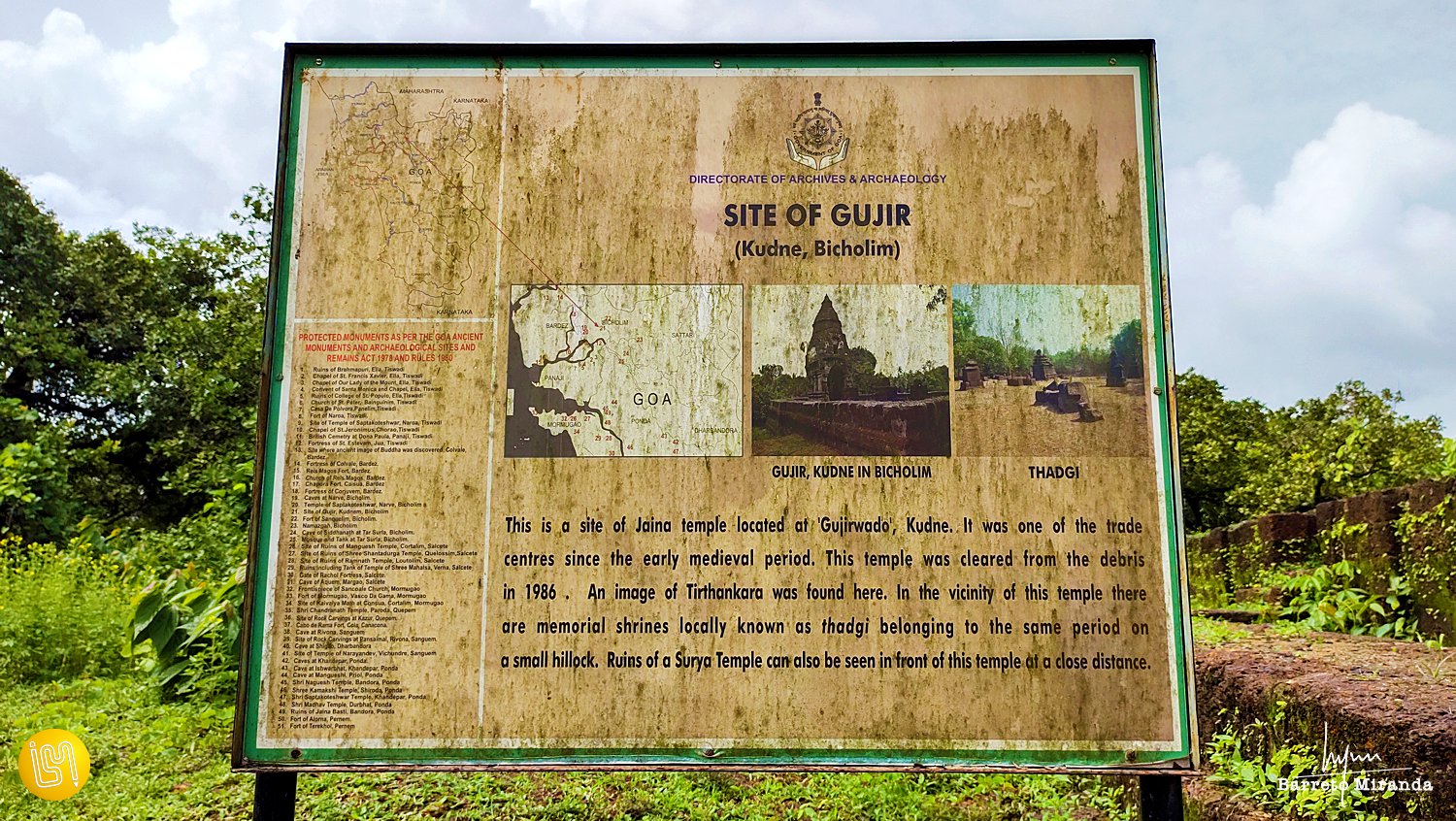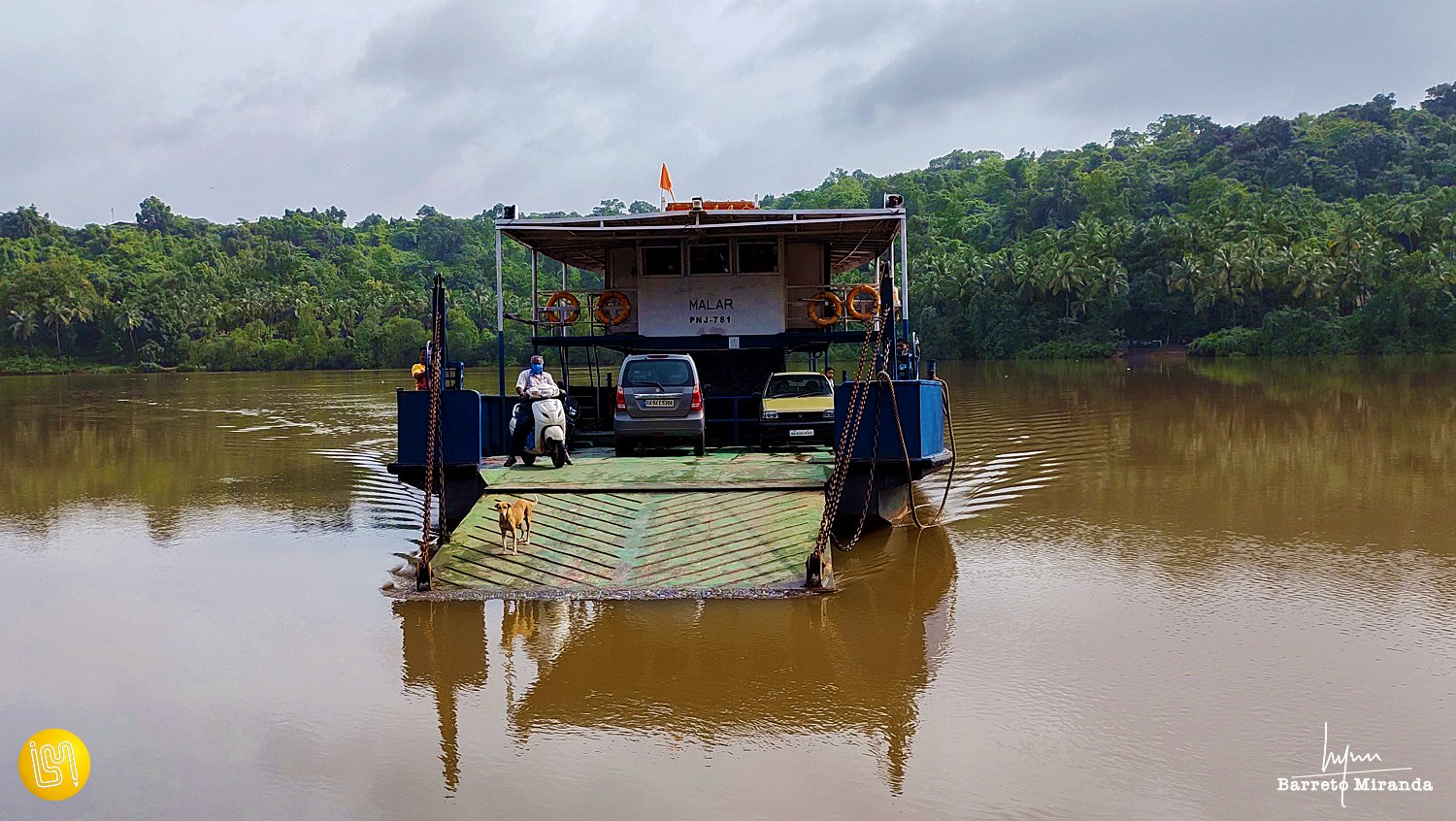Some time ago, I came across a picture on Instagram of an ancient temple ruin. A google image search revealed that it was a 10th-century Jain temple in the village of Cudnem in Bicholim Taluka.
Jain??? You may ask!
According to the 2011 census, there were 1,109 Jains in Goa. Before the Portuguese came, Goa was an important cultural hub for Jains. Sculptures, temples, inscriptions found in various parts tell us how Jainism flourished here.
Naroa, on the island of Divar, has an area known as Jainkot. Few meters away from the temple of Saptakoteshwar lay the remnants of an old Jain temple where broken sculptures of the Jain Tirthankar Suparshvanath belonging to the period of the Goan Kadamba ruler Shivachitta Permadi Dev were discovered. A sculpture of Parshvanath, the 23rd Tirthankar was found on the island at Hindolewada.
A Kannada inscription at Bandivade in Ponda mentions that King Sripala established the village and built the Jain temple at Neminath, which is now in ruins. Fr Henry Hera, during his expeditions, discovered the first Jain sculpture in Chandor, belonging to the early Shilahara era around the 10th century CE.
The word for vegetarian food in Goa is ‘shivarak’ which is thought to have evolved from the word ‘shravak’ which means a Jain householder, who are strict vegetarians avoiding all root vegetables as well.
The Jain temple in Cudnem is located in an area called Gujirwada. One hypothesis by historians is that trading communities from Gujarat may have settled here leading to the name Gujirwada.
During an excavation in the mid 1980s, the Goa Directorate of Archaeology and Archives unearthed a few interesting structures – the temple consists of a Mukhamandapa (main structure) and a Garbagriha (the innermost room where the idols are placed) constructed of laterite on a 2-meter high platform. The 8 X 8.30 meters Mukhamandapa consists of four pillars in the center and four others on each side wall, with a gabled tiled roof.
The laterite blocks discovered during the excavations indicate the existence of arches in the Mukhamandapa. These arches were probably constructed with a laterite floral pendant at the center of the arch. One such floral pendant has been discovered in a recently conducted excavation. The presence of these arches strongly suggests that there was an overlying dome covering the temple.
The entrance of the Garbagriha is also arched. The octagonal Shikara (spire) of the Garbagriha has five tiers. The lowermost is half-spherical with a rectangular small entrance for the Garbagriha.
A broken stone head of a Tirathankara with beautifully sculpted curls was also found near the Garbagriha. A stone torso of a Jain Tirathankara with a Srivatsa symbol (one of the eight auspicious Jain symbols) was also unearthed. While de-silting a well in the vicinity of the temple, the right leg of a statue was discovered. It appears that the broken head and the leg belonged to the same image. The sculptural structure of the idol indicates that the temple belongs to the Kadamba period (10th to 14th century CE)
A lot of lime mortar found during the excavations indicates its use as a binding material. This is the only medieval temple of Goa that has a Nagara (Indo-Aryan) architectural style (mostly seen north of the Vindhyas). The high platform and the tall Shikara give a sense of soaring height to the temple. A Prakara (courtyard) and a wall with a base of pillars has also been unearthed.
This Jain temple is similar to the Saptakoteshwar temple of Narve and the Chandranath temple of Paroda. The excavations around the Cudnem Jain temple have contributed significantly to the history of Jainism in Goa.
Just a little walk away, there are ruins of a Sun temple too. Not much could be seen as the place was overrun with plants. A local boy informed that in the vicinity of the temple on a hillock nearby there are memorial shrines locally known as thadgi belong to the same period.
How to get to Cudnem:
- Cudnem is located 40kms from Margao
- From Margao go to Ponda onwards to Savoi-Verem
- Or at Borim take the Belgaum bypass, at Khandepar head to Savoi-Verem
- Take the ferry over to Maina (once every hour) or Surla (every 30 minutes)
- Turn left and proceed straight till you come to the Shivaji statue; follow the direction of his sword – to the right
- After the ‘Kudnem Village Panchayat Welcomes You’ signboard, head till you see the green circular signboard “Ruins of Jain Temple”;
- Turn left and go straight for a kilometer; next to the school turn right. After 400 mts turn right again where you will find the Shree Gajantlaxmi Temple.
- Opposite the temple is the ruins of the Jain temple.
Check the route I took on Strava
https://www.strava.com/activities/cudnem
While going I went via Ponda, coming back I came through Khandepar
Google location: Jain Temple
https://goo.gl/maps/XucbJgNGipYBgLWWA
Do not forget to take some biscuits to feed Tommy – the resident Volvoi-Surla ferry captain

